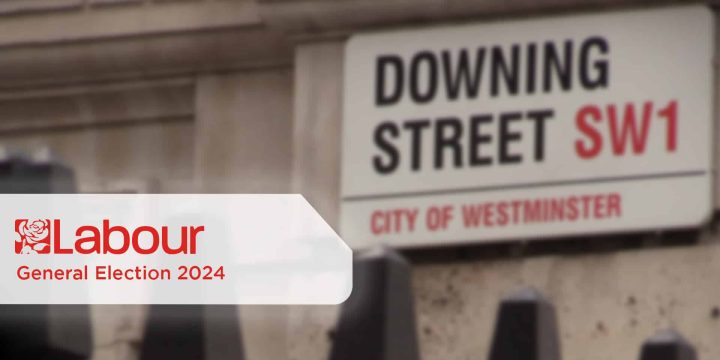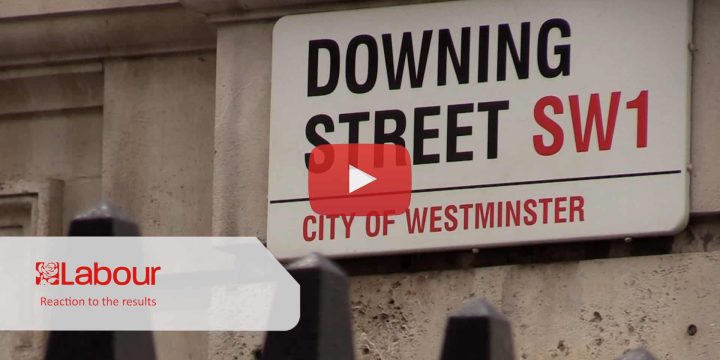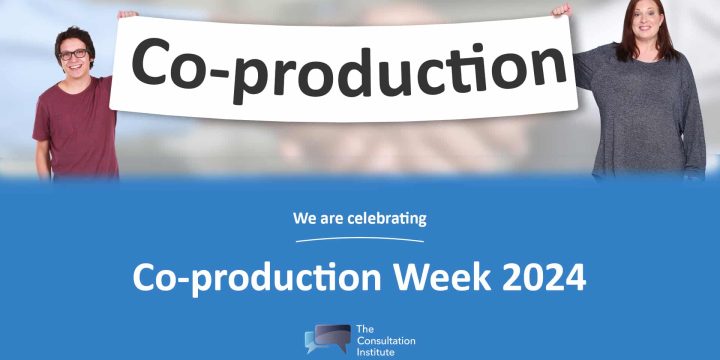News & Insights
Online vs Face-to-Face Consultation
“Of all households in Great Britain, 93% had access to the internet in 2019”
“87% of all adults use the internet daily or almost every day in 2019”
(Office for National Statistics, 2019)
This century has undergone a digital revolution. Let alone in the past year, over the past decade, there has been a huge increase in internet users, both older and younger populations!
Let’s cast our minds back to the pre-digital world where a single document was formulated on a typewriter. To send a letter across a distance to another person required a postage stamp and a visit to the local post office. Meetings would be set for public debates in places like pubs, churches and post offices where various opinions were likely to be heard.
Times have certainly changed since then! Face-to-face consultations have become a less preferable form of communication, particularly where time and geographical distance are an issue.
Bang the Table said it best, “no matter how well-designed the off-line consultation process is, inevitably it only reaches a small segment of a community”.
This point is absolutely bang on.
Beyond the “usual suspects” who attend formal consultations, public bodies often fail to attract opinions from “seldom heard” groups, such as younger people, refugees, economic migrants and asylum seekers, disabled people, people with mental health issues and minority ethnic groups. Many of these groups have an online presence and they are more willing to interact and express themselves on the digital platform.
So, what does this tell us?
Efforts must be made to engage with participants who represent those affected or concerned about the issue being considered. Conducting online consultations is a gateway for creating opportunities for citizens who feel unconfident, less literate or socially marginalised.
It is essential to change the way we conduct consultations to increase public participation and add democratic value to the policymaking process. This can be accomplished by using a combination of traditional and online public participation initiatives. To demonstrate the significance of online consultation, let’s divert our attention to a recent case.
In 2019, Highland’s council launched a public consultation on the possibility of introducing a tourist tax. The consultation included face-to-face visitor questionnaires across various locations and an online questionnaire to residents, tourism businesses and visitors. The face-to-face consultation received 950 responses, whereas the online consultation attracted a total of 5622 responses.
This case demonstrates that online consultation is a powerful method of attracting a wider response. Moreover, if used effectively, online consultations can:
- Attract wider and quicker responses
Often public consultations take place at a time that is not suitable for many people. As an alternative to conducting several consultations at different times, online consultations are accessible at any time of the day.
People can access the internet from their smartphones, tablets, and computer, day or night, whether it’s during a commute, at home, during lunch breaks or their time of leisure.
- Attract “Seldom heard” groups
People are more comfortable vocalising their thoughts online. Bearing in mind that last year, 100% of adults aged 16-24 use the internet daily or almost every day – so there is hope in reaching the younger population!
- Be time and cost-effective
Public bodies operate on a budget. Face-to-face consultations involve planning and organising, printing consultation and information documents, costly venues, refreshments and so on. Although it may just be a case of reallocating resources, online consultations are much more efficient and effective in achieving larger numbers.
- Produce qualitative and quantitative responses, depending on the type of method used
(see more on this below)
- Lead to fair and lawful consultation
Read more about this here.
4 tips for getting the most out of your online consultation:
- Offer an open setting where people can be encouraged to ask questions in order to be better informed about the proposal.
- Use the internet to share information about your proposal for example blog posts, podcasts, document libraries, reshaping consultation content into accessible infographics.
- Use a range of online dialogue methods to capture both quantitative and qualitative opinions. People need to feel like they are being listened to and have taken their time out to participate in a meaningful process – formal public consultations do this well. As this is a trust building and active listening activity, it is beneficial to use various online tools that attract both quantitative and qualitative responses.
- Go beyond having an online survey! Create participant-led discussion forums and mapping tools which allow participants to discuss the proposals and influence the outcome.
The goal is not to replace face-to-face consultation. The problem with going completely digital is that key stakeholders may be excluded, either because they do not have an online presence (often older people and rural residents) or prefer to speak to consultors in person. Undoubtedly, online consultation cannot replace offline consultation until all members of the community are equally able and willing to communicate online.
The key message here is to use a combination of traditional and online consultation methods to achieve a representative sample and a more comprehensive understanding of community views.
If you’re interested in learning more about online consultation, the Institute offers training and advice and guidance as support.
Sheena Ahmed – SheenaA@consultationinstitute.org
Office for National Statistics, 2019. Internet Access – Households and individuals, Great Britain: 2019. Office for National Statistics. [online] [Available at: Office for National Statistics



